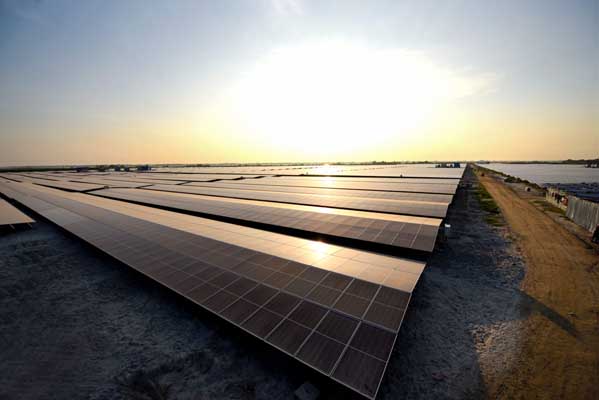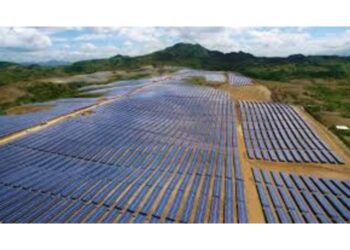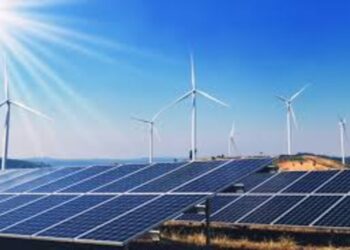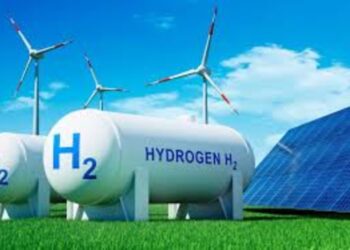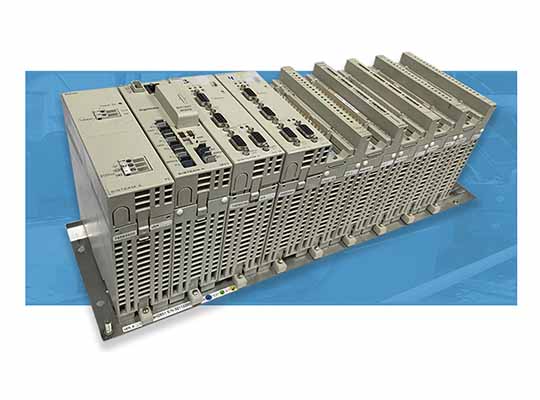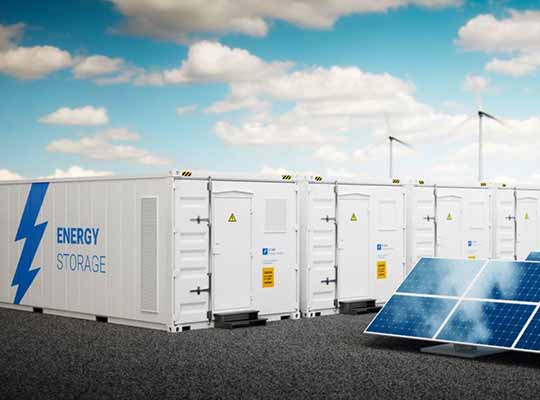The China-led Asian Infrastructure Investment Bank (AIIB) has extended a $200 million long-term credit facility to Bangladesh to finance a range of infrastructure projects, including renewable energy expansion.
The repayment period of the loan is 18 years, including a five-year grace period. Bangladesh will have to pay a 0.25% fee and a 0.25% commitment fee per annum for the portion of the total that is not withdrawn. The interest rate is 0.60% plus the variable borrowing cost margin of the AIIB.
Infrastructure Development Co. Ltd. (IDCOL), a Bangladeshi state-owned investor, will lend the funds to support renewable energy, energy efficiency, and social infrastructure projects. By borrowing loans from the Bangladeshi government and international sources, the IDCOL provides low-cost loans to renewable energy sector.
In addition to larger plants, IDCOL is now promoting rooftop solar power installations, especially on top of apparel factories. Thus far, it has approved loans for 41 factories, with a total generation capacity of 50 MW. It has set a target to provide enough funds to support the deployment of 300 MWp of rooftop solar capacity by the end of this year.
About 19.5 MW of rooftop solar plants have already been installed and switched on. One of the biggest ones is a 3.1 MWp array, while the smallest one is of a 324 KWp installation.


